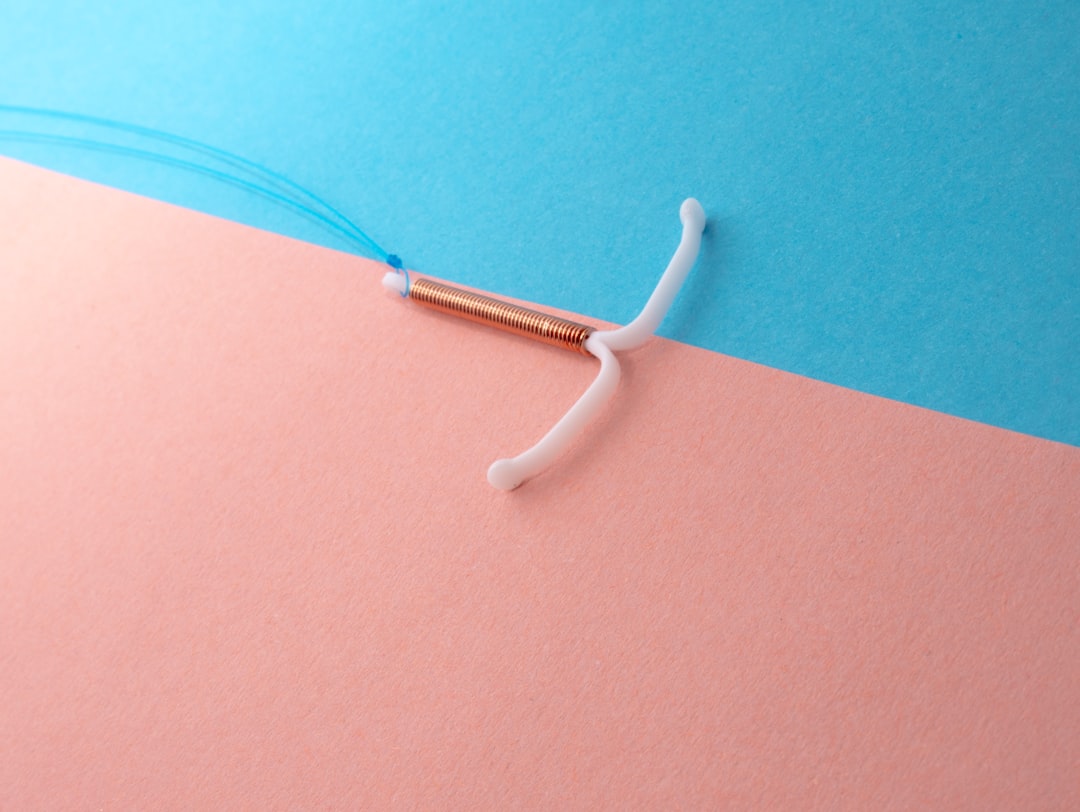What is it about?
Humans exhibit sex differences in competitiveness, sensation seeking and risk-taking attitude. These qualities are very often required to perform better in sports. There is scientific evidence that these attributes are linked to exposure to testosterone (PT) of a human being while being inside mother's womb before birth. The ratio of the length of second finger to fourth finger (digit) or 2D:4D is an indicator of this PT exposure. A lower value of 2D:4D indicates higher PT exposure and vice versa. Males generally have a lower 2D:4D than females. On the other hand, higher sensation- and/or thrill-seeking behaviours have also been found to be associated with lower 2D:4D. Boxing and judo are considered to be high-risk sports. Voluntary participation in judo/boxing in contrast to aerobics can be guided by such behaviours and thus have an association with lower 2D:4D. This study included 167 female students from a military academy in Wrocław, Poland. Of them, 119 had voluntarily chosen aerobic exercise, and 48 opted for judo/boxing. Height, weight and second and fourth digit lengths were measured. Physical fitness was assessed using Eurofit tests. The two groups had similar physical fitness and body size. However, the judo/boxing group had significantly lower mean 2D:4D values than the aerobics group. It is proposed that voluntary choice of participation in a sport discipline by women could be linked to the ‘organizational’ effect of intrauterine testosterone exposure on brain during prenatal growth. This effect may have a role in shaping behavioural aspects in later life of an individual.
Featured Image
Why is it important?
Till date there was no such study differentiating digit length ratio (2D:4D) among group versus individual sports choice.
Perspectives
This was one of the pleasurable opportunities in my academic career to work with Polish colleagues being one lead author of this article.
Dr Raja Chakraborty
Dinabandhu Mahavidyalaya
Read the Original
This page is a summary of: SPORTS PREFERENCE AND DIGIT RATIO (2D:4D) AMONG FEMALE STUDENTS IN WROCŁAW, POLAND, Journal of Biosocial Science, October 2016, Cambridge University Press,
DOI: 10.1017/s0021932016000523.
You can read the full text:
Contributors
The following have contributed to this page










